Tag: Languages
-
Verb grammar: the simple present
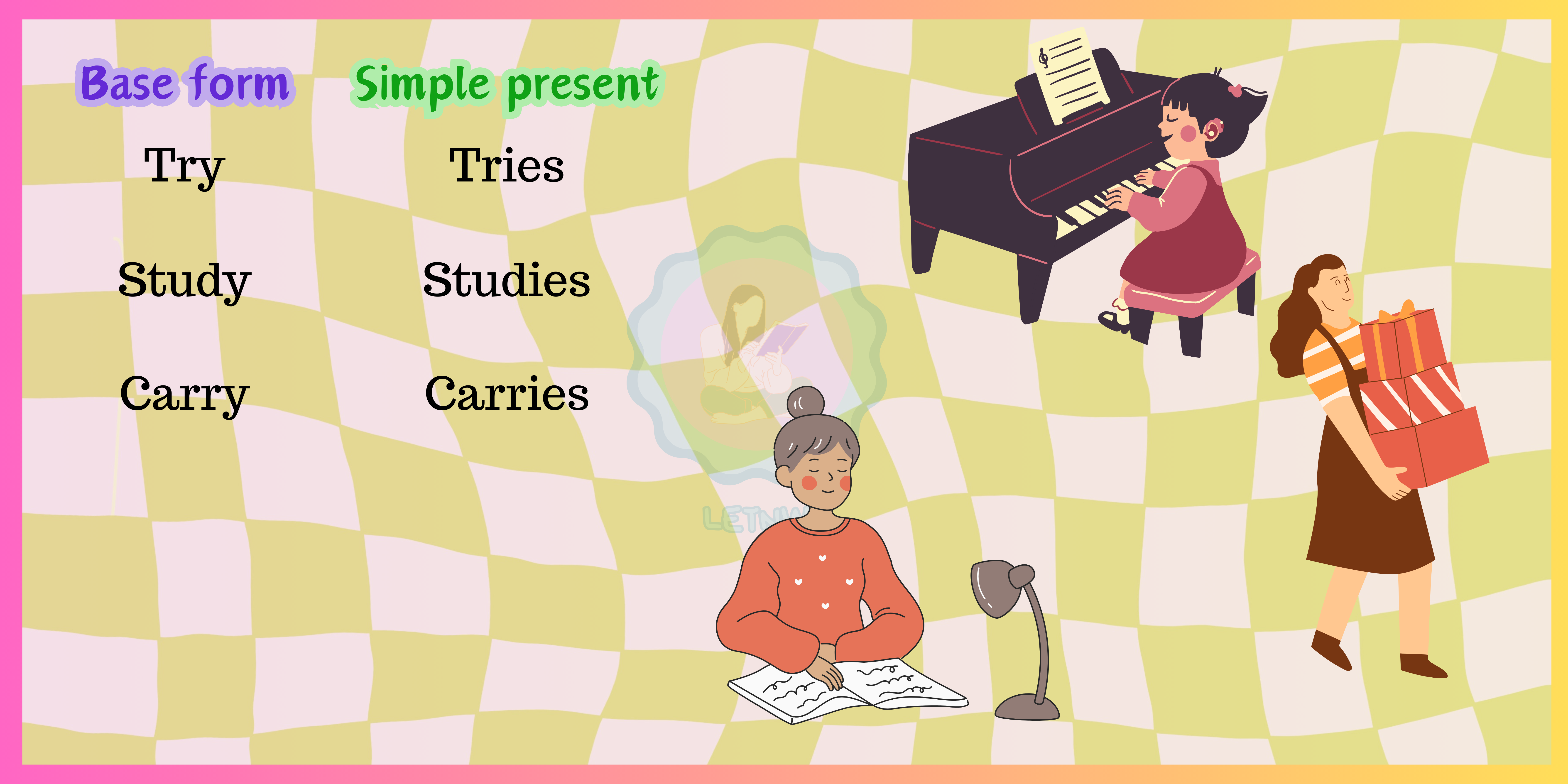
In grammar, we use TENSES to communicate; a TENSE is the from in which we express the TIME CONTEXT we are talking about. When we want to conjugate the verbs in the simple present tense, we need to ad an -S, an -ES or an -IES at the end of the verbs, but we need…
-
Possessive adjectives
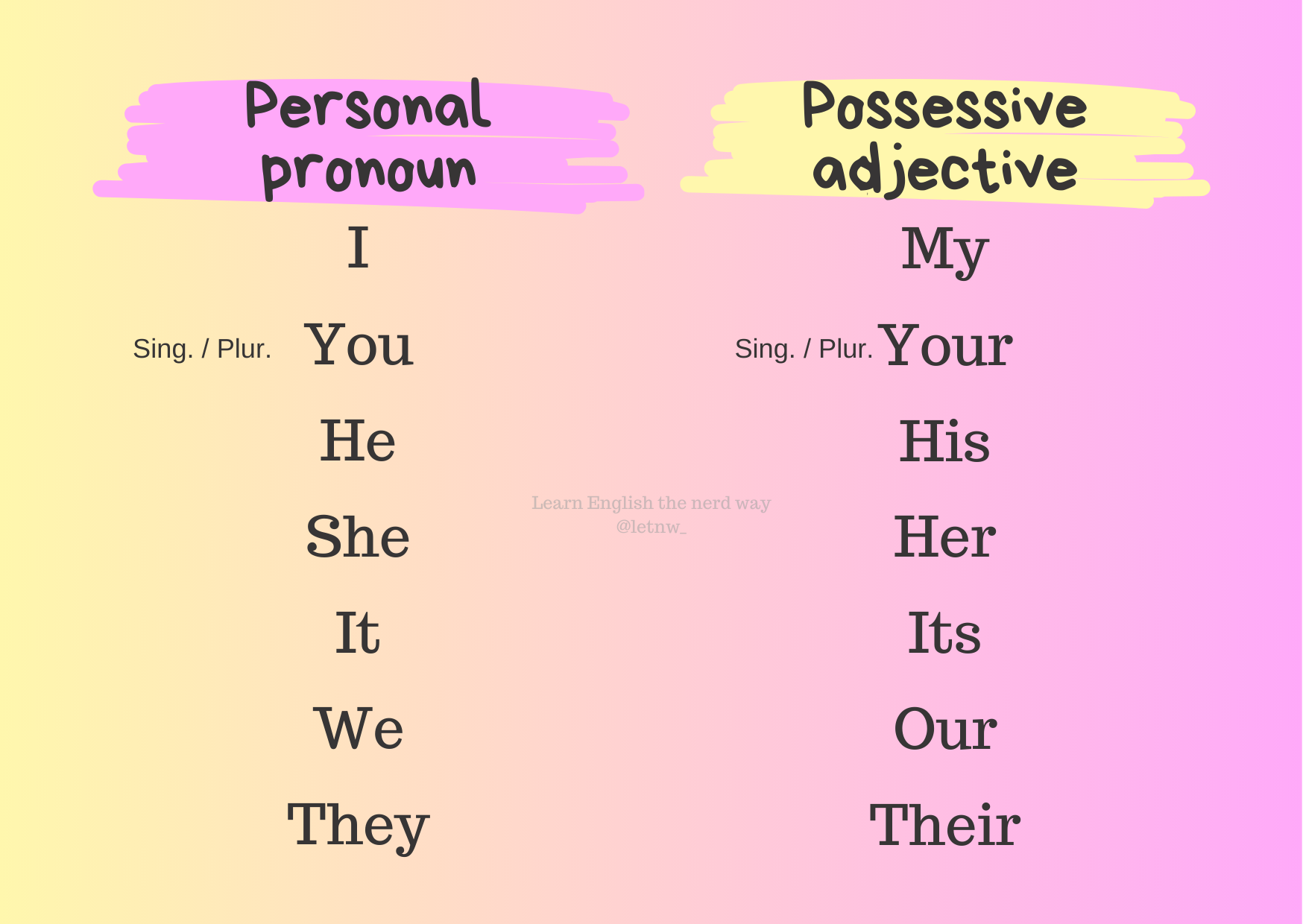
Possessive adjectives are words that we use to describe: In relation to objects (tangible / intangible): ownership or that something belongs to us. In relation to people: the relationship that we share with someone.
-
Demonstrative pronouns: This, That, These, Those
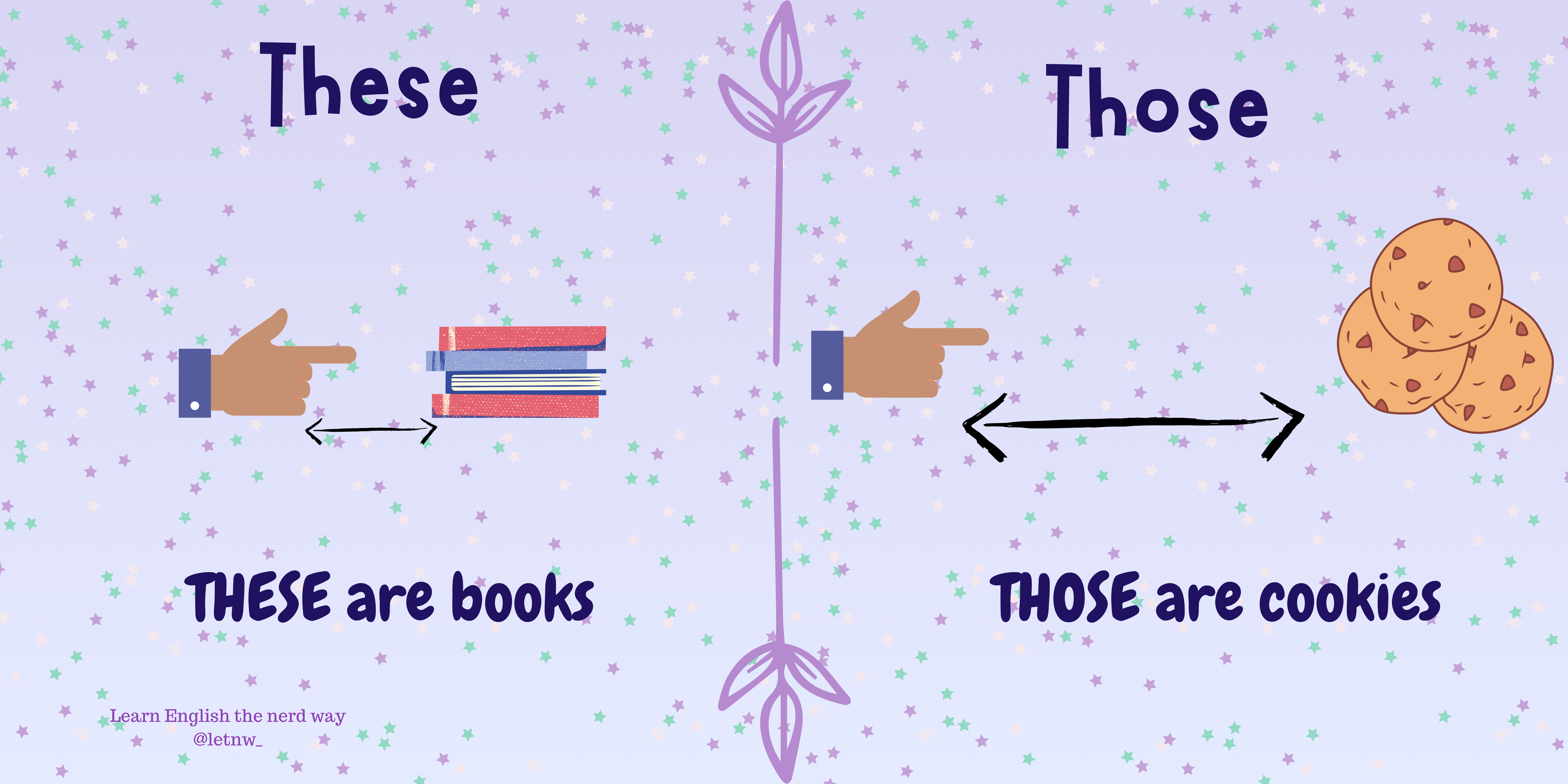
The demonstrative pronouns are words that we can use to represent a thing or things in an indefinite manner, and within distance and time. The words known as demonstrative pronouns are: This, That, These, and Those.
-
Articles
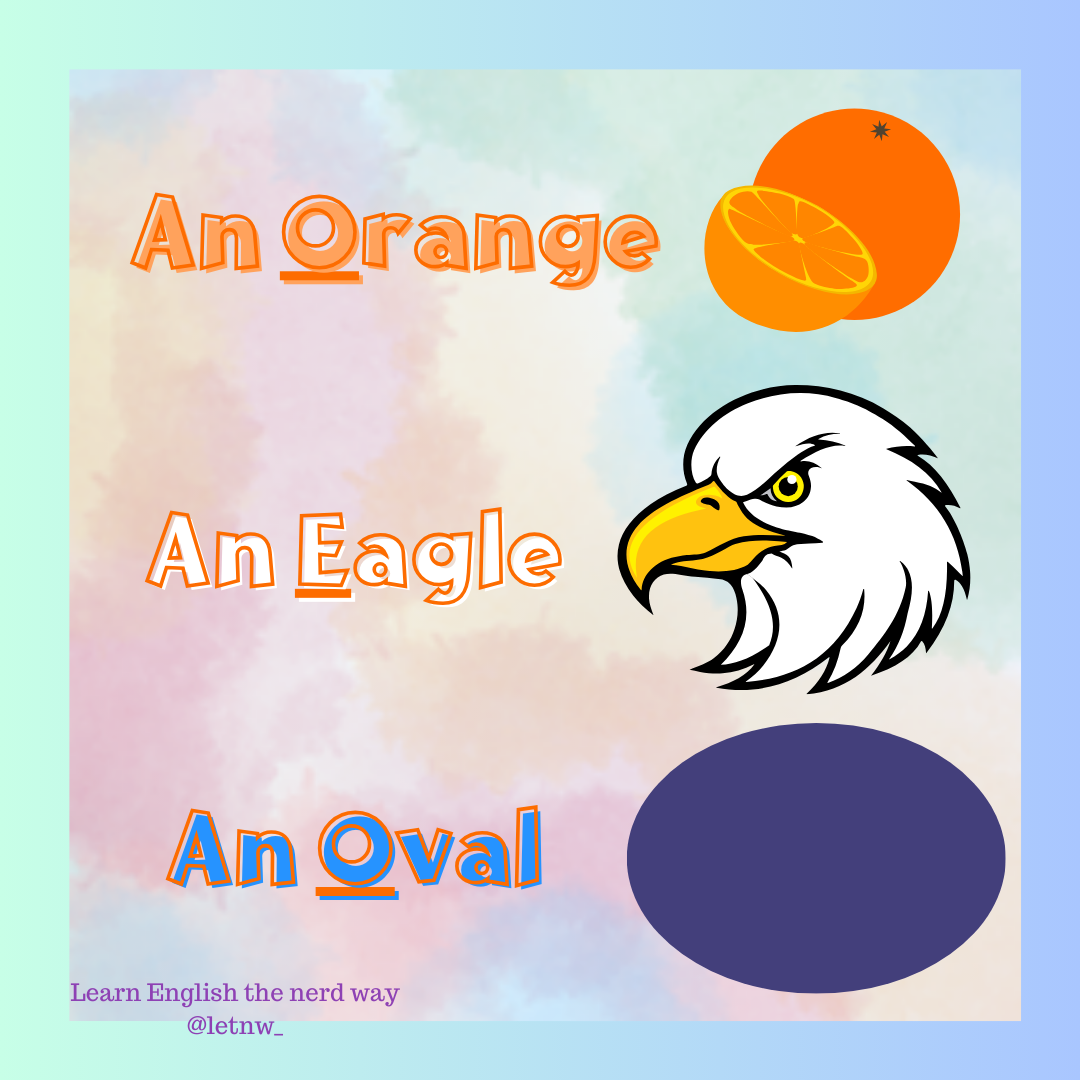
In this post we will talk about indefinite and definite articles and how to use them in a sentence.
-
Verb to be

The verb TO BE, as an auxiliary, can help us place the focus on the subject, giving the sentence a grammatical structure that we can use to convey a meaning. This particular verb can help us answer this questions: what something is? Who someone is? How something/someone is?
-
Personal pronouns
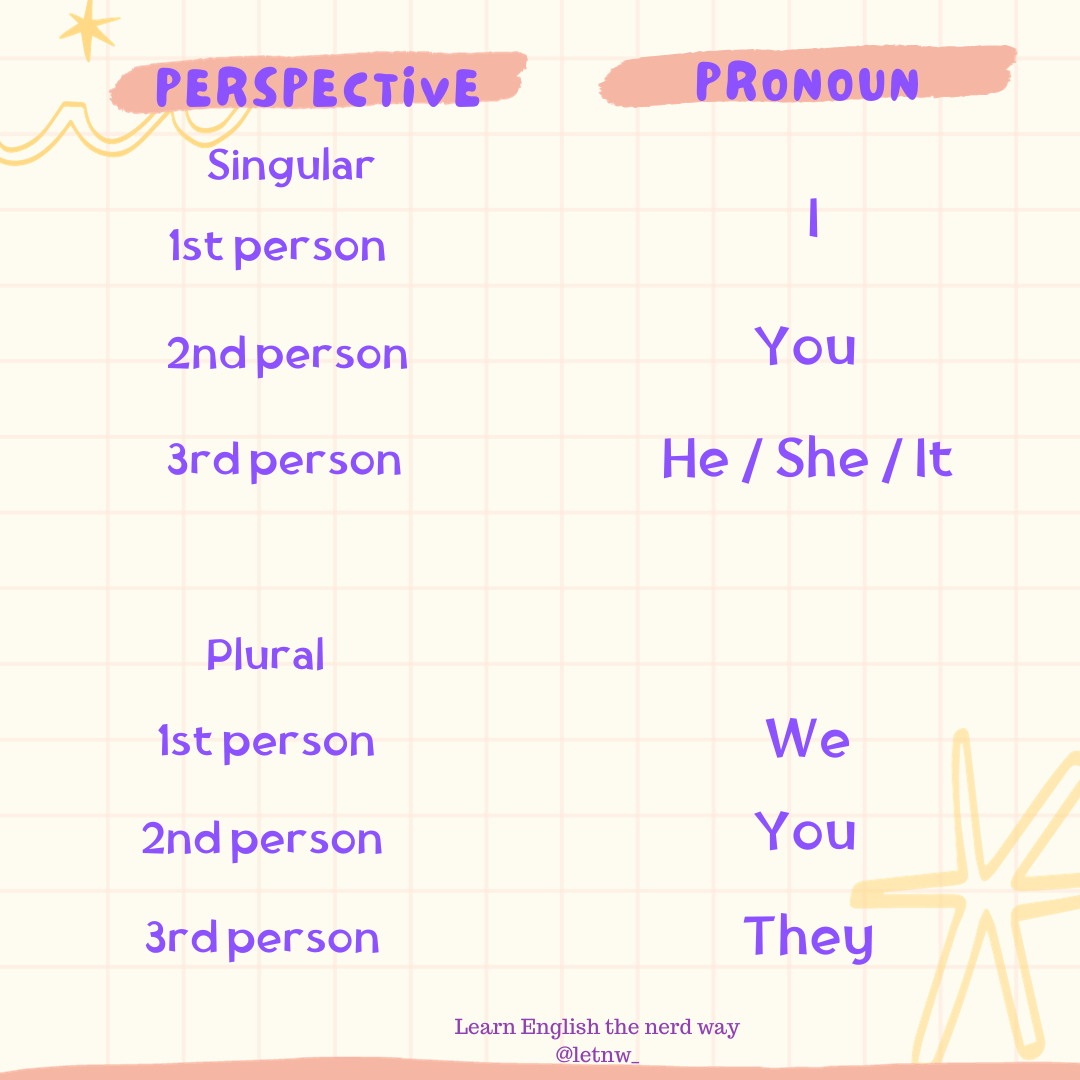
As you might remember, one of the Parts of speech that make up the English language are “PRONOUNS”. There are different types of pronouns: object pronouns, possessive pronouns, etc. In today’s post, we will review “PERSONAL PRONOUNS”.
-
Phonology: Introduction to the phonemic chart

Today, we are going to start with an introduction of what the phonemic chart is, define the elements of phonology and review concepts like phonemic transcriptions and more.
-
How do you spell…?

Spelling words is the easiest thing in the world, but to spell a word you need to know the alphabet. Spelling words is the easiest thing in the world, but to spell a word you need to know the alphabet. Do you know it? The alphabet for English-speaking countries consists of 26 letters, 5 vowels…
-
Nouns: singular and plural
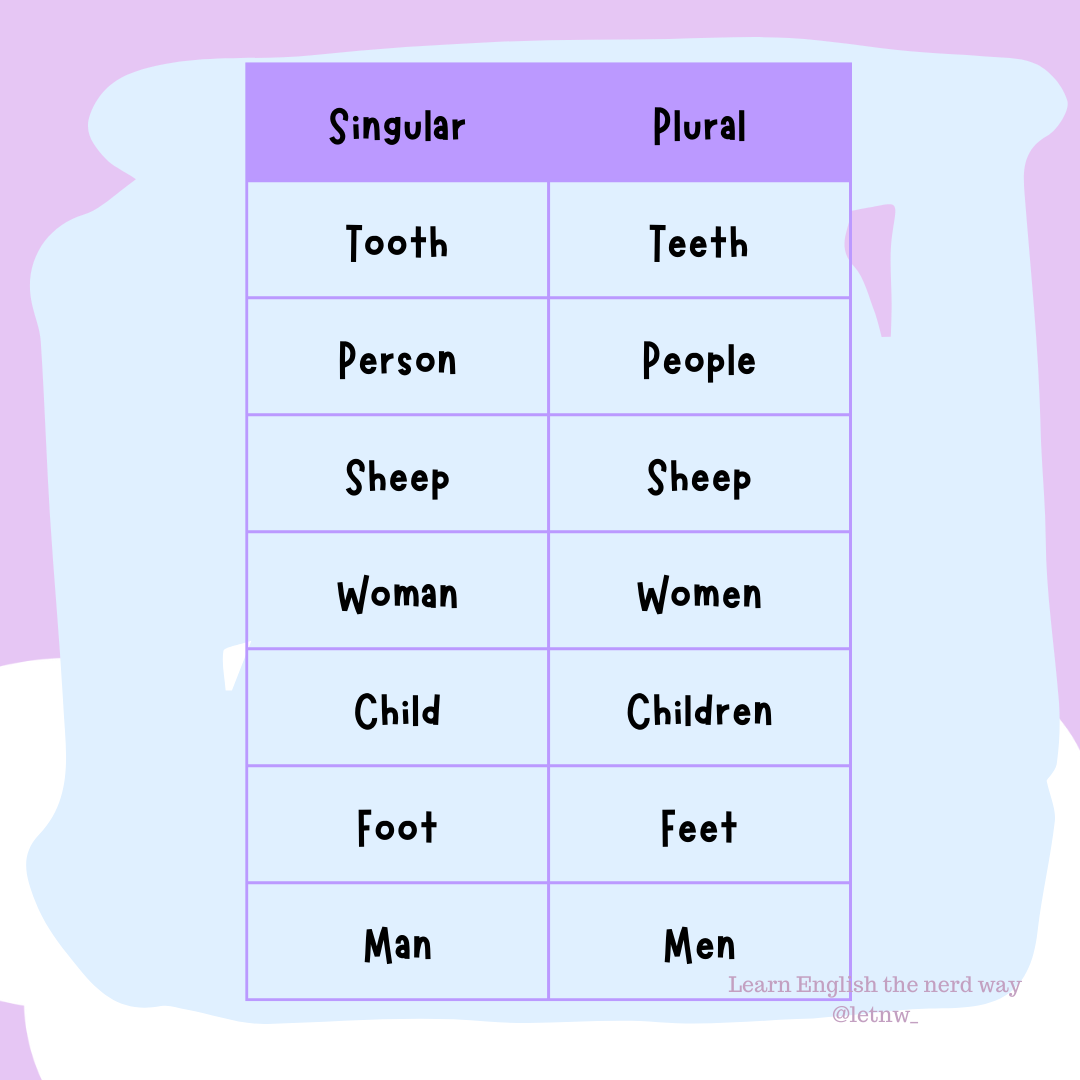
Nouns are present in every single aspect of our lives, we use them every day to refer to things, places, animals, people…
-
How do you say…?
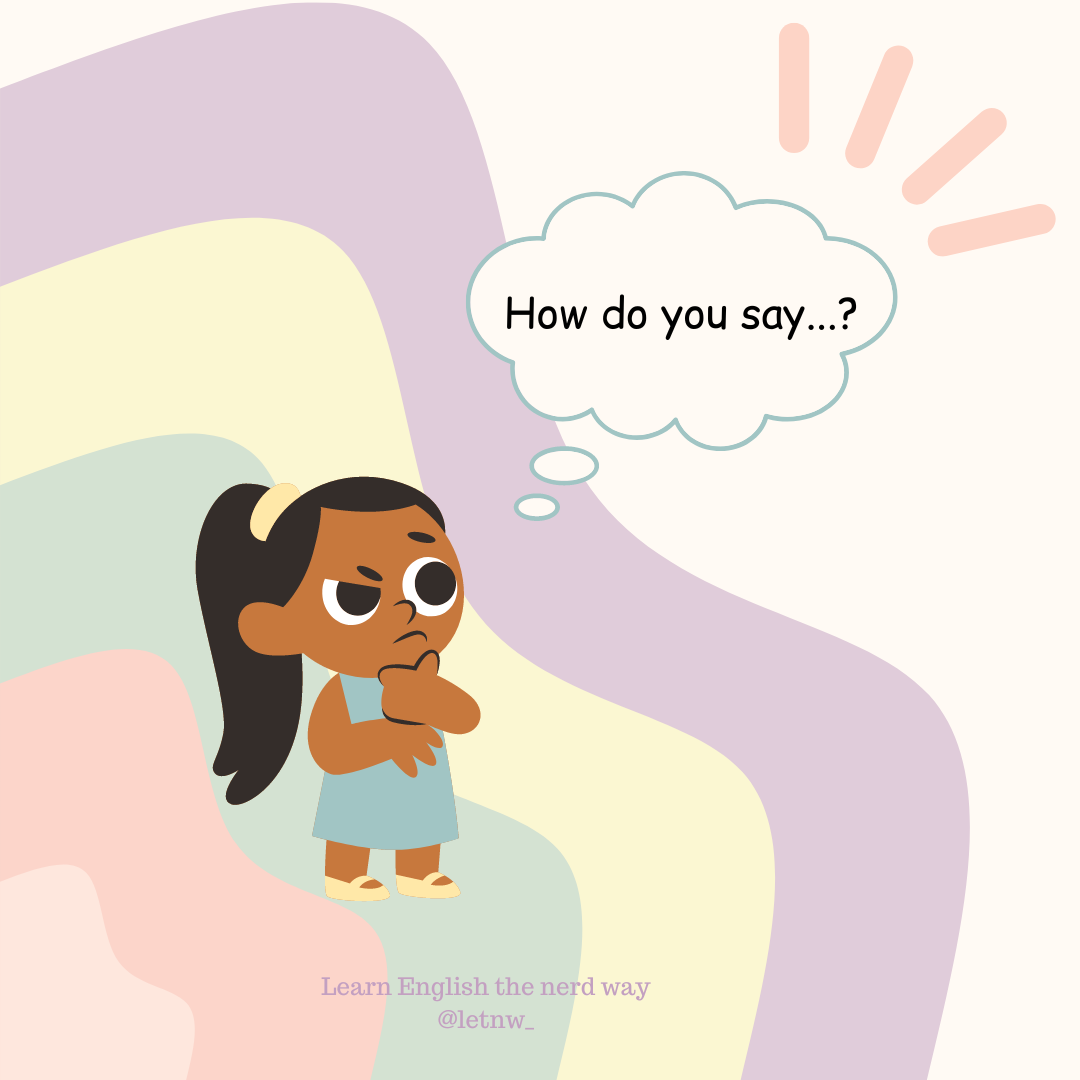
Do you recognize that question? Do you use it frequently? If your answer is “yes”, congratulations!! You surely know lots of nouns by now.
